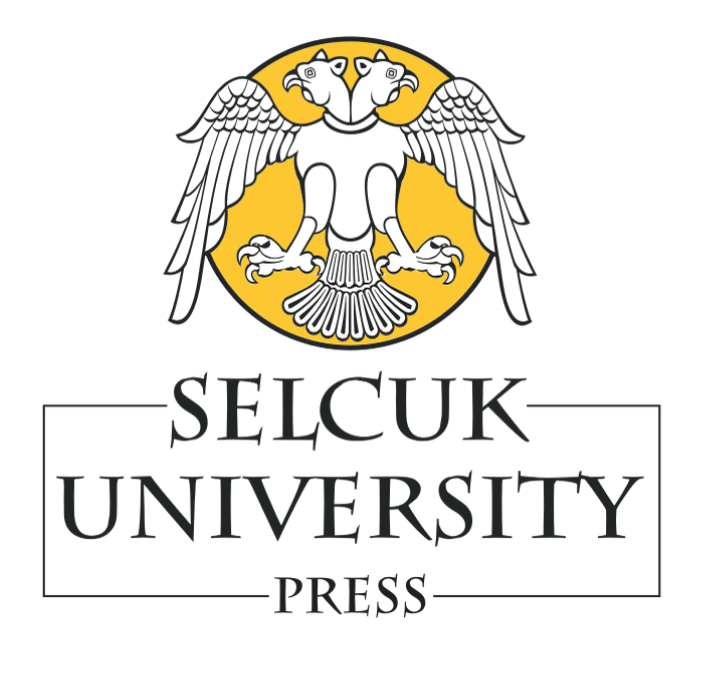| 2023, Cilt 39, Sayı 2, Sayfa(lar) 061-067 |
| [ Türkçe Özet ] [ PDF ] [ Benzer Makaleler ] |
| Investigation of dairy farms using different milking systems in Balıkesir province in terms of bulk tank milk quality, somatic cell count and total bacteria count |
| Busra Yaranoglu1, Sabiha Sena Ozdemir2, Hakan Tavsanli3, Ozlem Varol Avcilar4, Tevhide Elif Guner3, Bilge Camliyurt2, Mustafa Sihlaroglu2 |
| 1Balıkesir University, Veterinary Faculty, Department of Animal Science, Balıkesir, Türkiye 2Balıkesir University, Veterinary Faculty, Balıkesir, Türkiye 3Balıkesir University, Veterinary Faculty, Department of Food Hygiene and Technology, Balıkesir, Türkiye 4Osmaniye Korkut Ata University, Health Sciences Faculty, Department of Nutrition and Dietetics, Osmaniye, Türkiye |
| Keywords: Cow, hand milking, milk quality, robotic milking, somatic cell count |
| Downloaded:784 - Viewed: 2081 |
|
Aim: The aim of this study is to evaluate the milk obtained from the farms
with different milking systems by comparing total bacteria and somatic cell
count for evaluating milking hygiene, barn hygiene and herd management and
estimate the data by examining milk quality characteristics as dry matter, fat,
protein and lactose contents.
Materials and Methods: The study material consisted of tank milk (15 hand milking, 15 conventional machine milking, 15 robotic milking) taken from 45 farms breeding Holstein dairy cattle in and around of Balıkesir. A calibrated raw milk analyzer was used to determine fat, protein, lactose, dry matter, fatfree dry matter and somatic cell count. In order to determine the total bacteria count, Plate Count Agar were inoculated with the cast plate method. Results: Milk quality characteristics as fat (p<0.05), protein (p<0.001), lactose (p<0.01), dry matter (p<0.001) and fat-free dry matter (p<0.001) were determined to be the lowest in hand milking enterprises. The enterprises with the highest ratio of milk protein were robotic milking (p<0.001). Hand milking farms had the highest value for somatic cell count (p<0.05). For total bacterial count machine milking enterprises had the highest value (p<0.001) robotic and hand milking enterprises had lower values and no significant difference was found between them.. Conclusion: It was understood that different milking systems had significant effects on milk quality and hygiene values. In this respect, it is recommended that use of milking robots become widespread, reducing the total labor cost and providing improvements in tank milk quality. |
| [ Türkçe Özet ] [ PDF ] [ Benzer Makaleler ] |





